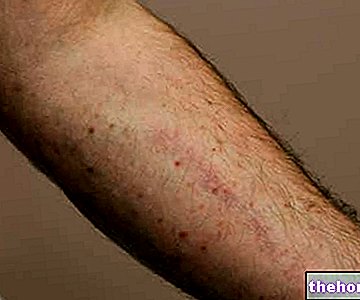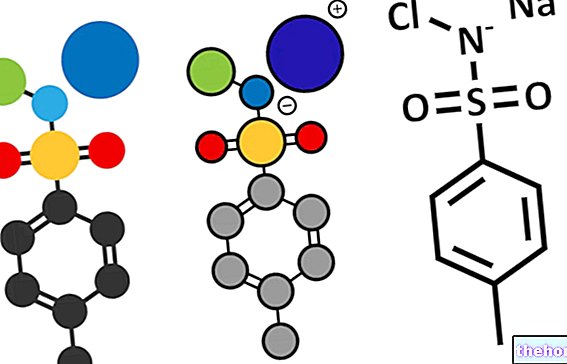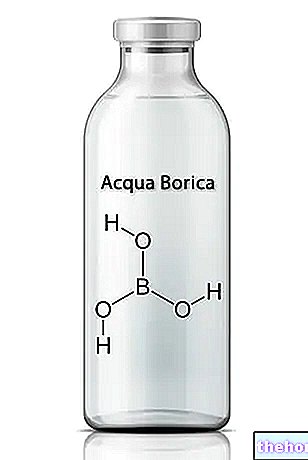
The name of the medicine was changed to Rilonacept Regeneron on 23 July 2010
What is Arcalyst?
Arcalyst is a powder and solvent that are made up into a solution for injection. Contains the active ingredient rilonacept (80 mg / ml).
What is Arcalyst used for?
Arcalyst is indicated for the treatment of cryopyrin associated periodic syndromes (CAPS). CAPS are a group of diseases in which patients have a defect in the gene that produces a protein called cryopyrin. This causes inflammation in various areas of the body with symptoms such as fever, rash, joint pain and fatigue. Serious disabilities such as deafness and vision loss can also occur.
Arcalyst is indicated for the treatment of CAPS with severe symptoms in adults and children aged or equal
over 12 years, including familial cold autoinflammatory syndrome (FCAS) and Muckle-Wells syndrome (MWS).
Because the number of patients with CAPS is low, the disease is considered 'rare' and Arcalyst was designated an 'orphan medicine' (a medicine used in rare diseases) on 10 July 2007.
The medicine can only be obtained with a prescription.
How is Arcalyst used?
Arcalyst treatment should be initiated and supervised by a specialist experienced in the diagnosis and treatment of CAPS.
Arcalyst is given by injection under the skin (under the skin). In adults, a starting dose of two injections of 160 mg each should be given to two different areas of the body on the same day.
One week later it should be given once a week as a 160 mg injection.
In children aged 12 to 17, the dose depends on the patient's weight.The starting dose is 4.4 mg per kilogram of body weight, followed a week later by a 2.2 mg / kg injection once a week.
The patient can administer the injection himself, provided he has received adequate instructions, if the doctor deems it appropriate. Patients treated with Arcalyst must be given an alert card summarizing the main information on the safety of the medicine.
How does Arcalyst work?
The active substance in Arcalyst, rilonacept, is an interleukin inhibitor. It works by binding to
chemical messengers present in the body called interleukin-1 beta and interleukin-1 alpha. One of these messengers, interleukin-1 beta, is produced in high concentrations in patients with CAPS, causing inflammation. By binding to interleukin-1 beta, it inhibits its activity, thus helping to alleviate the symptoms of the disease.
How has Arcalyst been studied?
The effects of Arcalyst were first tested in experimental models before being studied in humans.
In the first part of a main study involving 47 CAPS patients, it was
given Arcalyst or placebo (a dummy treatment) for six weeks. In the second part of the study, all patients were given Arcalyst treatment before receiving Arcalyst or placebo for an additional nine weeks.
The main measure of the medicine's effectiveness was the degree of symptom reduction after the six-week treatment and the duration of improvement after the nine-week treatment.
Five symptoms (rash, fever or chills, joint pain, fatigue and eye redness or pain) were rated by the patients themselves on a scale of 0 to 10 points.
What benefit has Arcalyst shown during the studies?
Arcalyst was more effective than placebo at treating CAPS symptoms. After the six-week treatment, patients who took Arcalyst experienced a reduction in symptoms of 2.5 points on the scale compared to 0.3 points in patients who took placebo. In the second part of the study, symptoms increased more in patients who switched to placebo (0.9 points) than in patients who continued on Arcalyst (0.1 points).
What is the risk associated with Arcalyst?
The most common side effects with Arcalyst (seen in more than 1 in 10 patients) are injection site reactions, upper respiratory tract infections (colds), sinusitis (sinus inflammation) and headache. full details of the side effects reported with Arcalyst, see the package leaflet.
Arcalyst must not be used in people who may be hypersensitive (allergic) to rilonacept or any of the other ingredients. It must not be used in patients with severe active infection.
Blockade of interleukin-1 can interfere with the body's immune response to infections. Serious infections have been reported in patients taking Arcalyst.
Why has Arcalyst been approved?
The Committee for Medicinal Products for Human Use (CHMP) decided that Arcalyst's benefits are greater than its risks for the treatment of cryopyrin associated periodic syndromes (CAPS) with severe symptoms, including familial cold autoinflammatory syndrome (FCAS) and Muckle-Wells syndrome (MWS). The committee therefore recommended the granting of a marketing authorization for Arcalyst.
Arcalyst was licensed under "Exceptional Circumstances". This means that, as diseases are rare, it has not been possible to obtain complete information on Arcalyst. The European Medicines Agency reviews any new information available on the medicine annually and, if necessary, this summary will be updated.
What information is still awaited for Arcalyst?
The company that makes Arcalyst will regularly provide information on the safety and efficacy of
Arcalyst in adults and children from a registry and will carry out a study in children to look more closely at what happens to the medicine in the body.
What measures are being taken to ensure the safe use of Arcalyst?
The company that makes Arcalyst will provide doctors who prescribe Arcalyst in all Member States with a packet containing information about the prescription of the medicine, a patient alert card and information for the doctor explaining the risk of side effects and the correct use of the medicine.
Other information about Arcalyst:
On 23 October 2009 the European Commission granted Regeneron UK Limited a "Marketing Authorization" for Arcalyst, valid throughout the European Union.
For the summary of the opinion of the Committee for Orphan Medicinal Products for Arcalyst, click here.
For the full version of the Arcalyst EPAR, click here.
Last update of this summary: 08-2009.
The information on Arcalyst - rilonacept published on this page may be out of date or incomplete. For a correct use of this information, see the Disclaimer and useful information page.




























